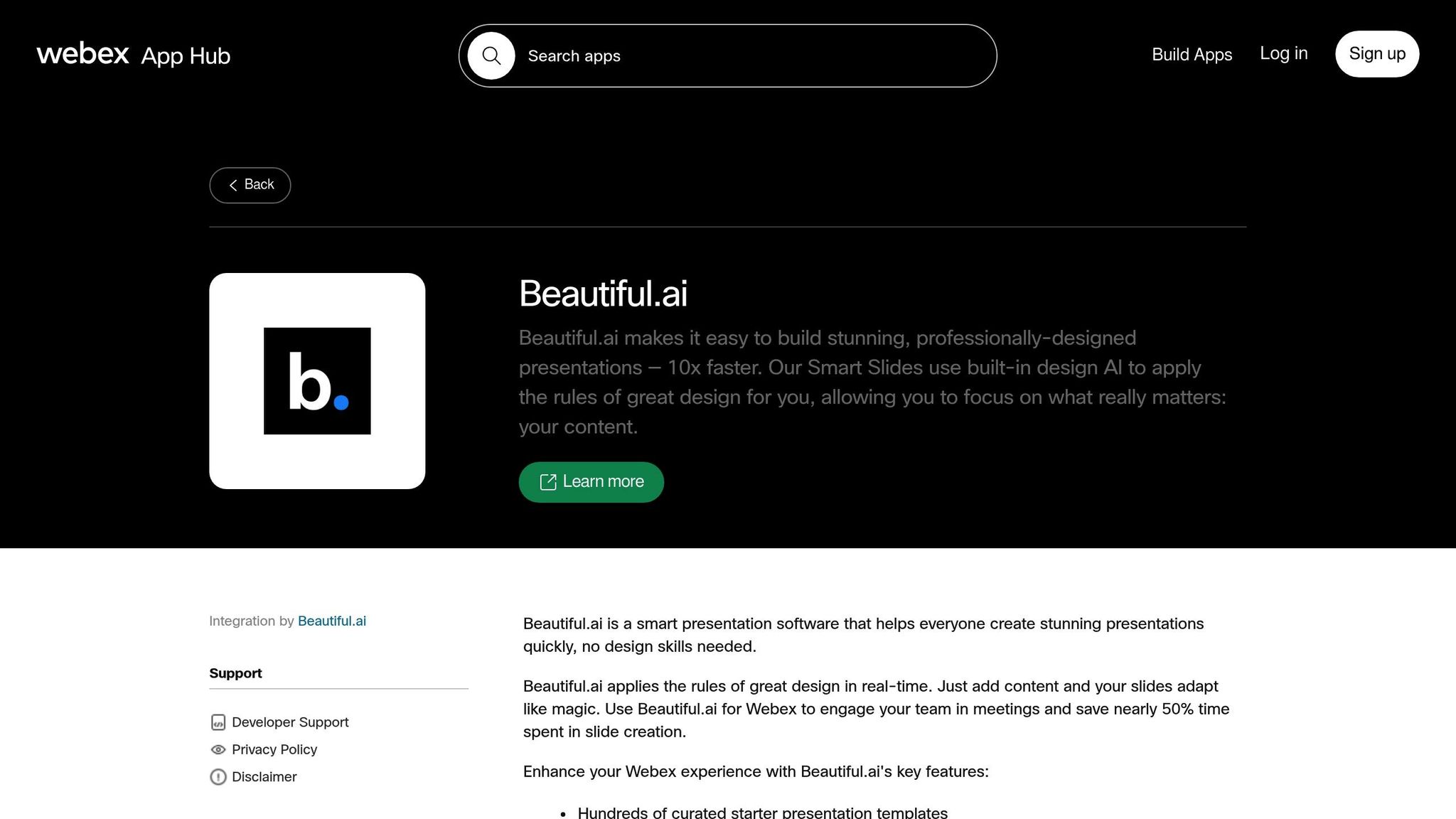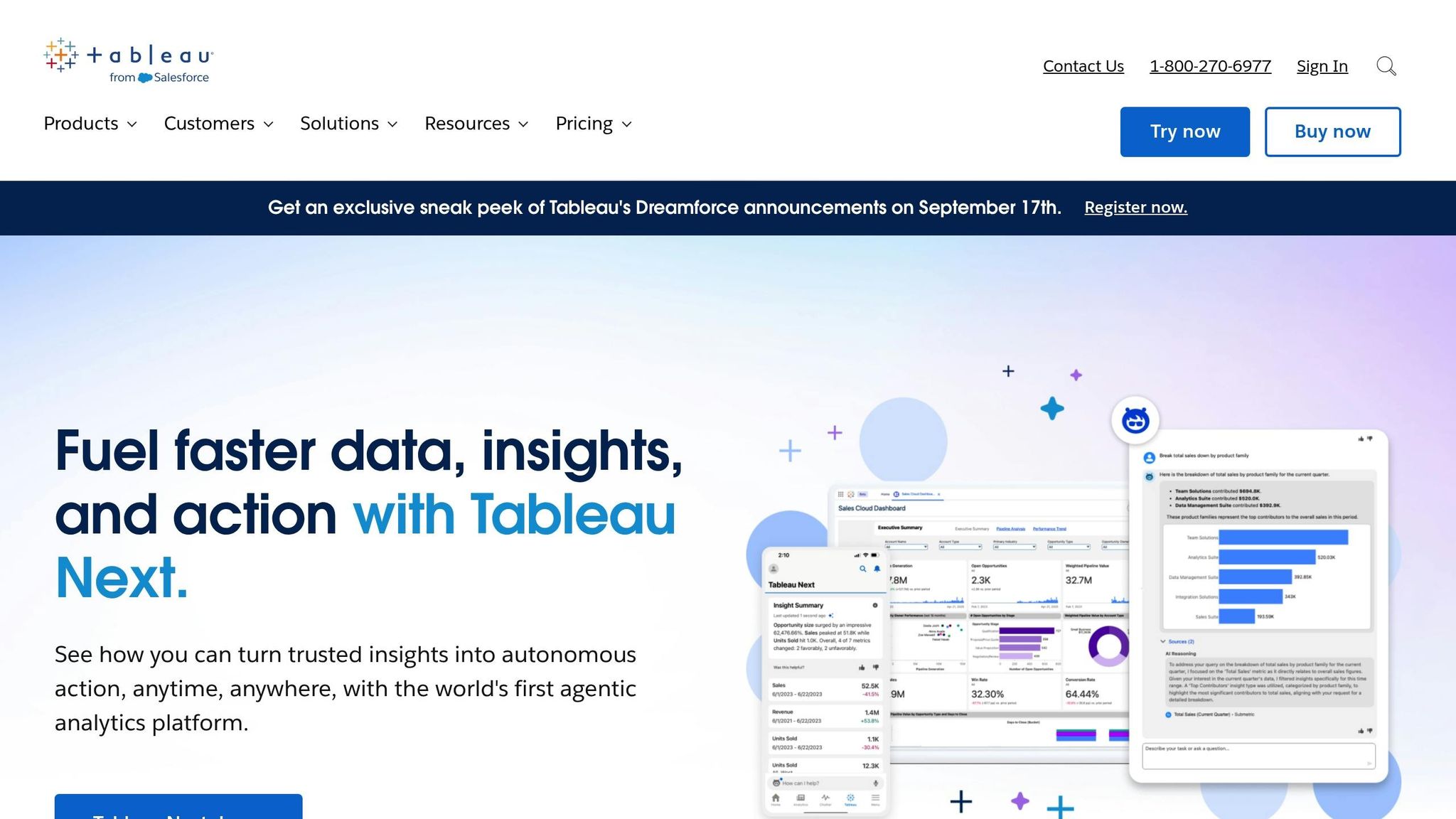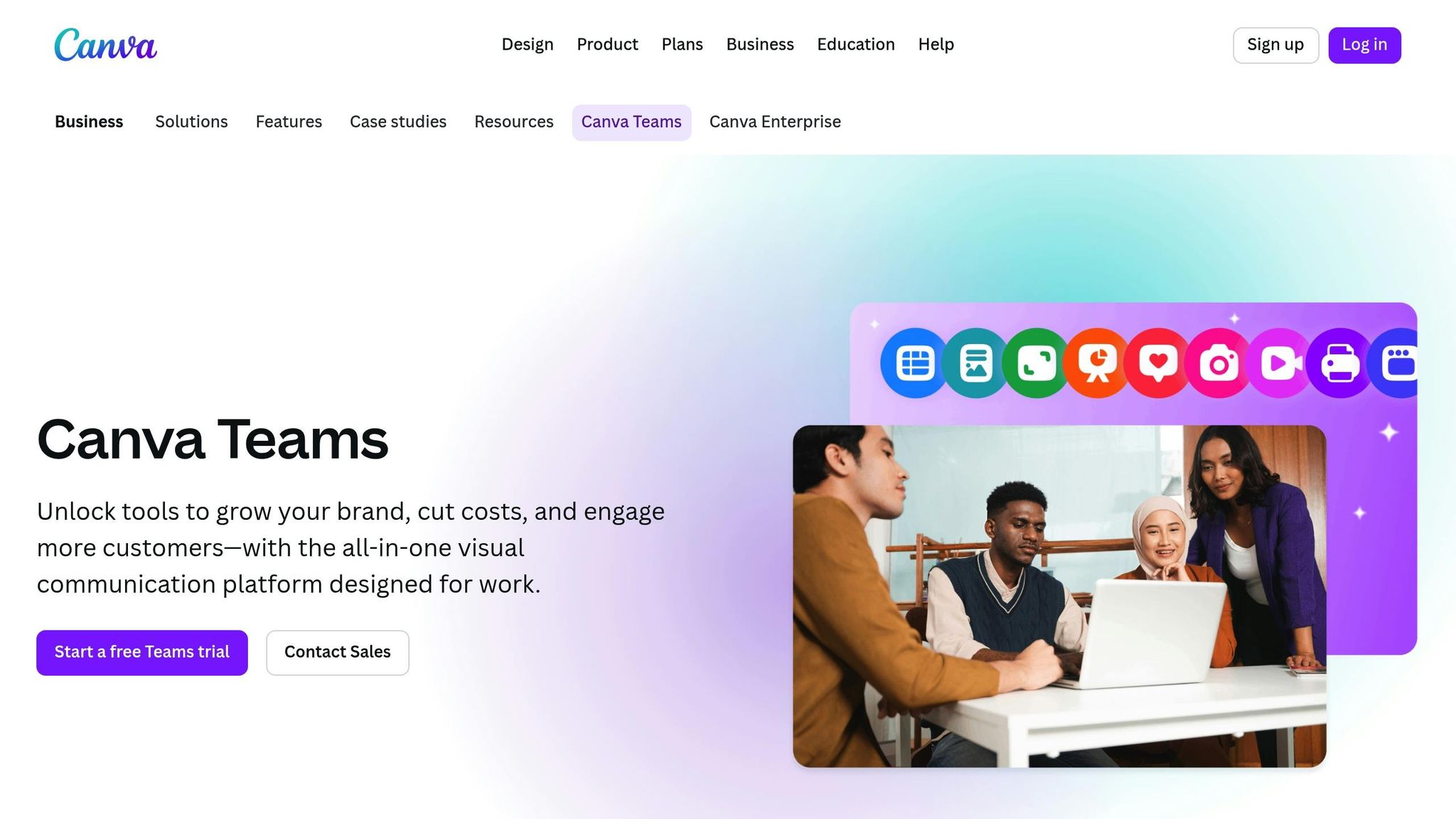Published: October 22, 2025
About the Author
Eric Levine is a strategy and operations leader turned founder. After years at Meta leading global business strategy, he built StratEngine AI — a platform that helps consultants and teams move from problem to polished strategy in minutes.
Summary
AI tools are revolutionizing the creation of strategy decks by automating time-consuming tasks like data analysis, slide design, and content generation. This allows teams to produce high-quality, accurate presentations in significantly less time. Key benefits include accelerated market research, consistent design through automated templates, and rapid drafting of content from long-form reports. Tools like StratEngineAI, Tableau, and ChatGPT each offer unique advantages, from full-cycle strategy development to advanced data visualization and content summarization, ultimately enabling teams to focus on strategic insights rather than manual production.
Video: Top AI Presentation Tools for 2025
How AI Tools Shift Strategy Deck Making
AI tools are fundamentally changing how strategy decks are created by automating tedious tasks, which allows teams to focus more on strategic thinking and client engagement. AI-driven platforms can analyze vast amounts of market data, competitor actions, and industry reports in minutes, a task that previously took hours. For design, AI ensures brand consistency by applying predefined rules, suggesting layouts, and creating clean data visualizations. It also integrates with data tools to automate chart creation and updates, eliminating manual work and ensuring data accuracy throughout the project.
When it comes to content, AI helps structure the narrative by generating slide titles, key points, and logical transitions, and can distill complex information into clear, concise language. The impact is significant, with many users reporting that deck creation time has been reduced from days to hours. Furthermore, AI enhances collaboration through real-time editing features, allowing team members to review and comment simultaneously. All-in-one platforms can manage the entire workflow from initial concept to final presentation, with some tools capable of generating complete pitch decks in under 10 minutes, freeing up valuable time for innovation.
1. StratEngineAI

StratEngineAI accelerates the creation of business plans by automating complex tasks while maintaining a focus on strategic business needs. The platform is designed for consultants and executives who need to produce comprehensive, in-depth strategy presentations under tight deadlines. By handling the heavy lifting of data analysis and slide creation, it allows professionals to dedicate more time to high-value strategic thinking and client collaboration, ensuring that the final output is both rigorous and actionable.
Save Time on Strategy Decks
According to StratEngine AI internal research, StratEngineAI can reduce deck creation time by up to 70%, transforming a multi-day task into a matter of hours. For example, a U.S. consulting team used the platform to develop a market entry strategy for a retail client. By inputting sales data and U.S. market figures, they quickly generated slides with localized formatting, automated growth charts, and tailored recommendations. A process that previously took two days was completed in just four hours, freeing up significant time for strategic refinement and client collaboration.
Automating Complex Work
A major advantage of StratEngineAI is its ability to automate the tedious aspects of deck creation. It can generate data visualizations such as revenue growth charts, customer retention heatmaps, and 2x2 market analysis grids. The platform also ensures stylistic consistency in layouts and automatically summarizes long documents into concise, clear points. This automation allows users to concentrate on core strategic ideas rather than getting bogged down in design and formatting details, ultimately leading to a more impactful and well-reasoned presentation.
Fit for U.S. Business Standards
StratEngineAI ensures that all presentations adhere to U.S. business conventions by automatically applying formats like the dollar sign with commas for currency, MM/DD/YYYY for dates, and standard U.S. measurement units. The platform also validates data against common business metrics like Customer Acquisition Cost (CAC) and Lifetime Value (LTV). This attention to detail means professionals can spend less time on formatting and more time developing sharp, strategic insights that resonate with an American executive audience.
Seamless Integration
StratEngineAI integrates smoothly with existing tools, connecting with Excel for rapid data importation and exporting presentations directly to PowerPoint (.pptx). Users can upload spreadsheets to generate instant visualizations and receive polished decks ready for final edits or immediate presentation. This seamless workflow allows professionals to continue using their preferred software while benefiting from AI-powered automation. This high level of integration sets a new standard for what AI-assisted strategic planning tools can achieve, making it an invaluable asset for any strategy team.
2. Beautiful.ai

Beautiful.ai simplifies the creation of expert presentations by integrating with common workplace tools, allowing users to pull in Excel data and export finished decks in PowerPoint format. This seamless workflow eliminates slow, manual formatting. The platform's standout feature is its strong design focus; its automated design tools generate clean, aesthetically pleasing slide layouts that are crafted not just to present data effectively but also to visually support the overarching strategic narrative, elevating the entire presentation.
3. Tableau

Tableau transforms raw data into compelling interactive visualizations that make strategic plans more impactful. Instead of spending hours wrestling with Excel or PowerPoint, users can quickly create dynamic dashboards and embed high-quality charts directly into their slides. This automation streamlines the process of building data-driven strategies, making it faster and more intuitive to communicate complex insights. The result is a more professional and persuasive presentation that clearly articulates the story behind the numbers.
Making Data Analysis Easy
Tableau excels at simplifying complex data relationships, identifying connections between market trends and business performance. Its smart recommendations can uncover patterns that might be missed manually, such as a correlation between customer satisfaction and regional sales, providing strong support for strategic proposals. Another key advantage is its ability to keep visuals updated with fresh data automatically, eliminating the need for manual refreshes and ensuring that presentations always reflect the most current information available.
4. ChatGPT for Fast Content Summarization

In the fast-paced world of strategy deck creation, ChatGPT is a transformative tool for content summarization. It excels at converting long, dense reports into concise, presentation-ready summaries, allowing users to grasp key takeaways in moments instead of sifting through pages of text. This capability makes it incredibly efficient to distill and share complex ideas in a simple, digestible format that is easily understood by any business audience, significantly speeding up the initial content drafting phase of presentation development.
Making Complex Tasks Easy
ChatGPT does more than just summarize data; it can structure slide orders, outline clear narratives (e.g., problem-solution-impact), and even draft speaker notes. By analyzing user input, it helps create a story that adheres to top consulting methodologies, ensuring the narrative is both engaging and fact-based. For best results, provide clear, detailed prompts. For example, instead of a generic "summarize this," a more effective prompt would be: "Extract the key market trends and financial points from this report for a U.S. executive team, formatted as bullet points for a strategy deck."
5. Canva for Teams

Canva for Teams simplifies the creation of strategy decks by enabling teams to produce polished, on-brand presentations quickly. It significantly reduces design and setup time by providing a collaborative platform with powerful branding tools. This efficiency allows teams to focus on the strategic content of their presentations rather than getting bogged down in the mechanics of design, saving valuable hours and effort while ensuring a professional and consistent visual identity across all materials.
Making Design Consistent
Canva for Teams makes it easy to maintain a consistent look across presentations. Its Brand Kits centralize key assets like logos, corporate colors, and approved fonts in one accessible location. Customizable Brand Controls ensure that every slide adheres to company guidelines, reducing the risk of visual inconsistencies. With Brand Templates, teams can use pre-approved layouts, eliminating the need to start from scratch and allowing them to focus on content rather than design, which is particularly useful for sales teams creating branded pitch decks.
Conclusion
The traditional method of creating strategy decks is often a lengthy, inefficient process. However, AI tools are transforming this workflow, compressing weeks of work into a much shorter timeframe. The five tools discussed—StratEngineAI, Beautiful.ai, Tableau, ChatGPT, and Canva for Teams—each address specific bottlenecks, from initial planning and data visualization to content summarization and final design. For instance, StratEngineAI streamlines strategy creation with built-in frameworks, while tools like Beautiful.ai and Tableau handle the heavy lifting of design and data visualization, respectively.
The efficiency gains are substantial; AI significantly automates content creation tasks and substantially reduces deck preparation time. This speed is crucial in the U.S. business environment, where rapid, accurate responses to market opportunities are paramount. These tools are also designed to align with U.S. business conventions, from financial formatting to professional aesthetics. Ultimately, AI empowers teams to shift their focus from manual production to high-value activities like strategic thinking and client collaboration, which is essential for maintaining a competitive edge.
FAQs
How does StratEngineAI ensure data accuracy and compliance with U.S. business standards when creating strategy decks?
StratEngineAI ensures data accuracy and compliance by using intelligent AI that reviews regulations, identifies risks, and validates data. This process reduces human error and keeps firms aligned with legal and market requirements. The system also generates compliance documentation as it works, ensuring firms are always prepared for audits. By automating these critical tasks, StratEngineAI allows teams to focus on developing strong, compliant strategies.
How can teams use AI to streamline the process of creating strategy decks?
Teams can streamline strategy deck creation by using AI to handle complex tasks like data analysis and content generation. AI-driven platforms can transform raw data into clear insights and compelling strategic narratives, while visualization tools can convert those insights into easy-to-understand visuals. Integrating these tools into daily workflows allows teams to automate repetitive tasks, receive real-time updates, and dedicate more time to refining their strategies for more impactful presentations.
How much time can AI tools actually save when creating strategy decks?
AI tools can deliver significant time savings when creating strategy decks, though exact percentages vary by use case and implementation maturity. McKinsey research on generative AI productivity shows that in customer service applications, AI increased issue resolution by 14% per hour and reduced handling time by 9%. For organizations with high AI maturity, Gartner research indicates that 45% successfully keep AI projects operational for 3+ years, achieving sustained productivity benefits. The key to realizing these gains is proper implementation—Harvard Business Review research warns that poorly implemented AI can actually reduce productivity, with 41% of workers encountering low-quality AI output that requires nearly two hours of rework per instance.
Sources
- McKinsey & Company - The Economic Potential of Generative AI: Research identifying 63 generative AI use cases spanning 16 business functions that could deliver $2.6 trillion to $4.4 trillion in annual economic benefits, with customer service productivity gains showing 14% increase in issue resolution per hour and 9% reduction in time spent handling issues. Source: https://www.mckinsey.com/capabilities/mckinsey-digital/our-insights/the-economic-potential-of-generative-ai-the-next-productivity-frontier
- Harvard Business Review - Addressing Gen AI's Quality-Control Problem: Research on AI quality maintenance showing that while AI can generate content quickly, organizations face challenges with quality control. Amazon's Catalog AI system demonstrates how automated quality detection and testing can maintain high standards while scaling AI output. September-October 2025 issue. Source: https://hbr.org/2025/09/addressing-gen-ais-quality-control-problem
- Harvard Business Review & BetterUp Labs - AI-Generated "Workslop" Study: Research showing 41% of workers have encountered AI-generated output requiring rework, with nearly two hours of rework per instance. Study highlights importance of quality AI implementation to avoid productivity losses. Source: https://hbr.org/2025/09/ai-generated-workslop-is-destroying-productivity
- Gartner - AI Maturity and Project Success Research: Survey findings showing 45% of organizations with high AI maturity keep AI projects operational for 3+ years, compared to 20% in low-maturity organizations. Research demonstrates that AI implementation success depends on organizational maturity, with high-maturity organizations achieving 57% business unit trust in AI solutions vs 14% in low-maturity organizations. Source: https://www.gartner.com/en/newsroom/press-releases/2025-06-30-gartner-survey-finds-forty-five-percent-of-organizations-with-high-artificial-intelligence-maturity-keep-artificial-intelligence-projects-operational-for-at-least-three-years